1st Century AD
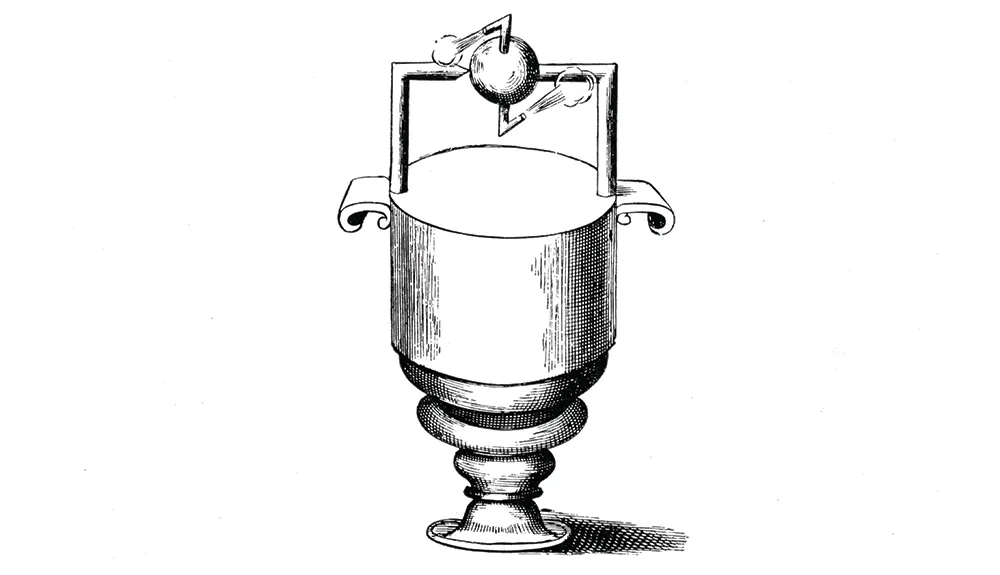
Hero of Alexandria creates his aeolipile device.
This Greek engineer, who specialises in exotic machinery, makes a metal sphere rotate using a pair of steam-emitting rocket nozzles.
13th Century AD

Although gunpowder has been in use in China for around 200 years, this century sees the first recorded production of gunpowder-powered rockets.
Read more about rocket science:
1903
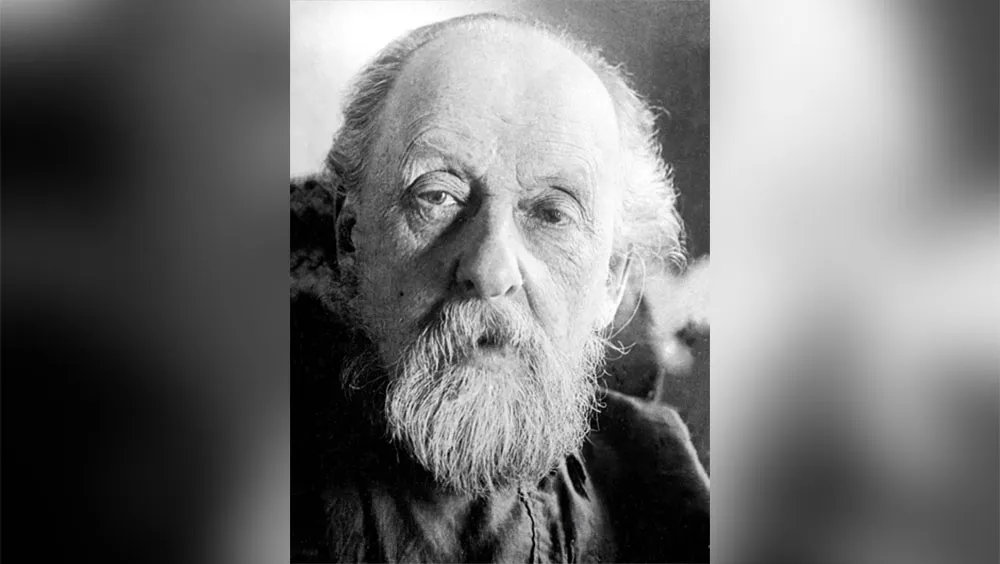
Russian schoolteacher Konstantin Tsiolkovsky publishes his book Investigating Space With Reaction Devices, defining modern rocket technology.
This is also the year that the Wright Brothers first took a powered flight.
1942
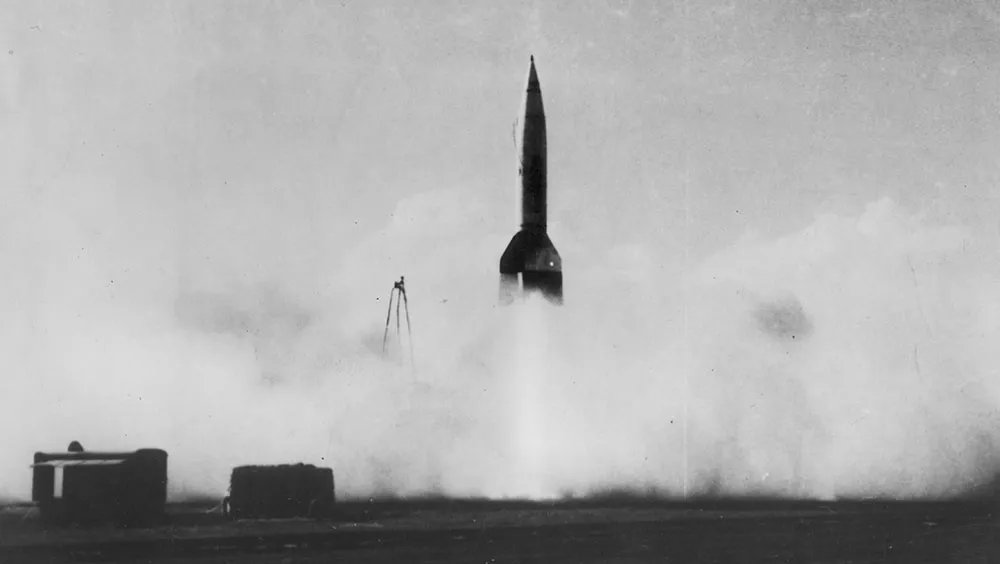
The V-2 rocket-powered weapon (technically an A-4 rocket) is used for the first time to make the first long-range ballistic missile.
Though it causes devastation, the V-2 kick-starts both the US and the USSR’s space programmes.
1957
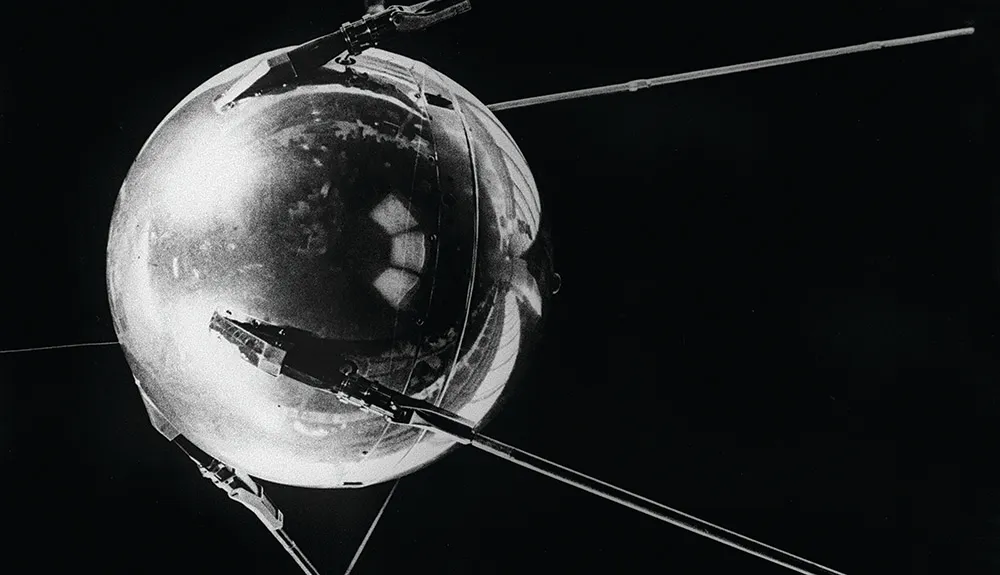
A modified Russian R-7 rocket carries Sputnik 1, the world’s first artificial satellite, into space.
This tiny satellite begins the space race between the US and the USSR.
1969
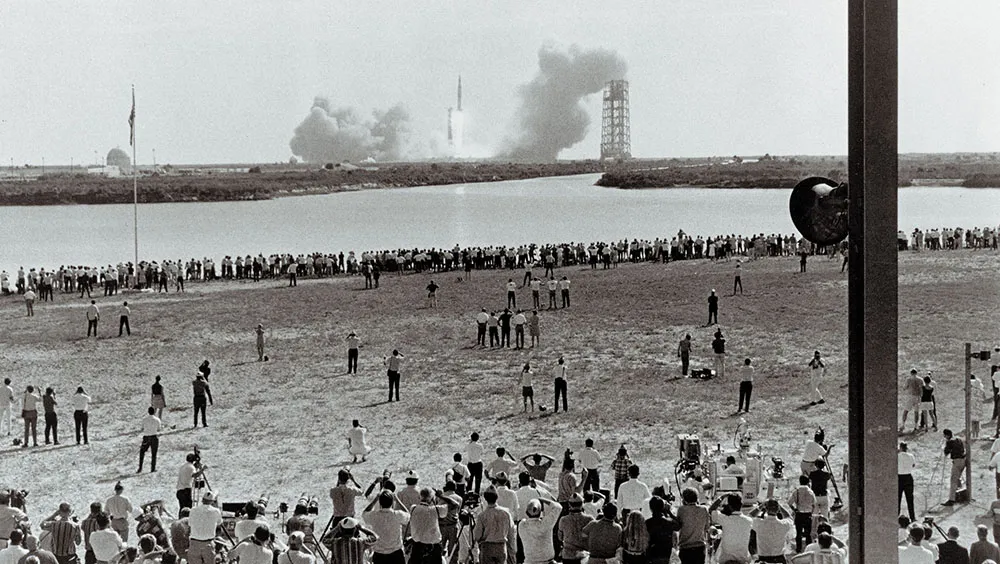
Apollo 11 takes off on a Saturn V rocket, which is still the largest and most powerful rocket ever built.
It makes history when it takes the first manned mission to land on the Moon.

